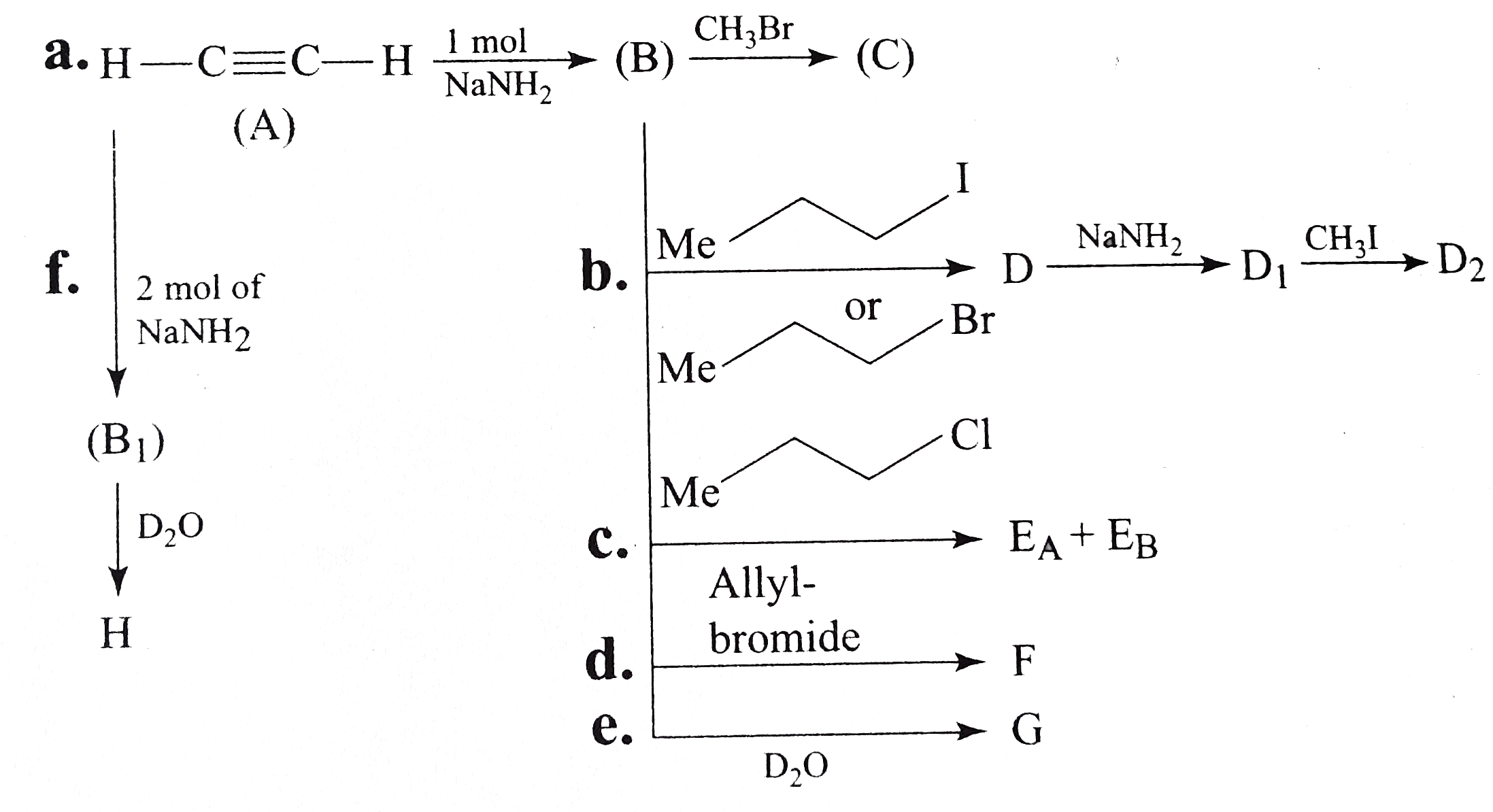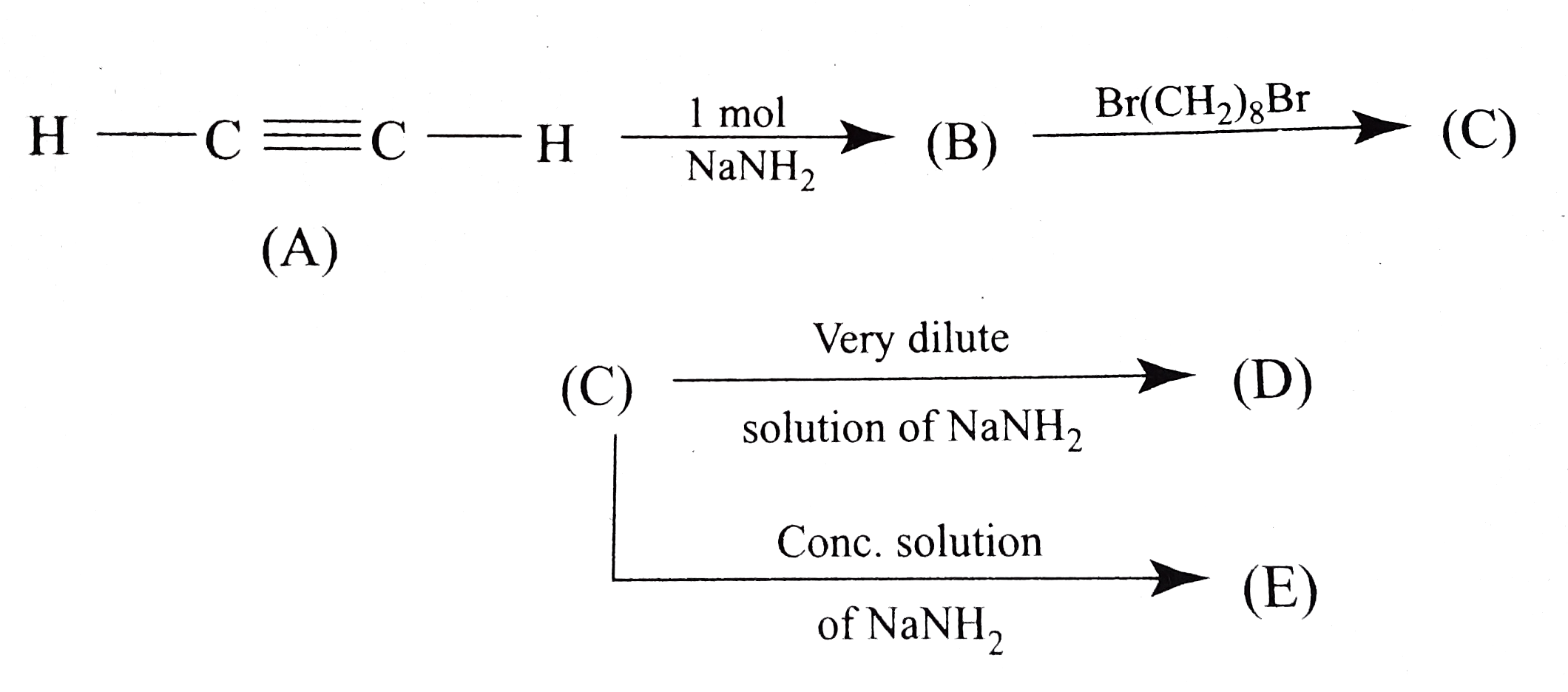सिद्ध कीजिए की सरल रेखायें जिनके दिक् कोज्यायें
al+bm+cn=0
तथा fmn+gnl+hlm
द्वारा दी गयी है तो
ये रेखायें एक-दूसरे के लंबवत होंगी
यदि fa+gb+hc=0 और समान्तर होंगी
यदि a2f2+b2g2+c2h2−2bcgh−2cahf−2abfg=0
समीकरण al+mb+cn=0 ....(1)
fmn+gnl+hlm=0 ...(2)
समीकरण (1) से
n=−(al+bm)c
समीकरण (2) में यह मान रखने पर
fm{−(al+bm)c}+gl{−(al+bm)c}+hml=0
⇒agl2+(af+bg−ch)lm+bfm2=0
⇒ag(lm)2+(af+bg−ch)⋅(lm)+bf=0
जो (lm) में द्विघात है इसलिए इसके दो मूल (l1m1) तथा (i2m2) होंगे
तथा l1m1×l2m2=bfag
⇒l1l2bf=m1m2ag
⇒l1l2(fa)=m1m2(gb)=n1n2(hc)=λ सममित गुण से
दी गयी रेखायें परस्पर लंबवत होंगी यदि
⇒l1l2+m1m2+n1n2=0
⇒λ(fa+gb+hc)=0
⇒fa+gb+hc=0
दी गयी रेखायें समान्तर होंगी यदि मूल समान हो, तो
(af+bg−ch)2−4abgf=0
⇒a2f2+b2g2+c2h2−2bcgh−2cahf−2abfg=0
Topper's Solved these Questions
- त्रिविमीय ज्यामिति : सरल रेखायें एवं समतल BOOK - BALAJI PUBLICATIONCHAPTER - त्रिविमीय ज्यामिति : सरल रेखायें एवं समतल EXERCISE - अभ्यास प्रश्न 22.1
16 Videos
- त्रिविमीय ज्यामिति : सरल रेखायें एवं समतल BOOK - BALAJI PUBLICATIONCHAPTER - त्रिविमीय ज्यामिति : सरल रेखायें एवं समतल EXERCISE - अभ्यास प्रश्न 22.2
21 Videos
- खण्डश: समाकलन BOOK - BALAJI PUBLICATIONCHAPTER - खण्डश: समाकलन EXERCISE - स्वमूल्यांकन परीक्षण
28 Videos
- द्विआधारी संक्रियाएँ BOOK - BALAJI PUBLICATIONCHAPTER - द्विआधारी संक्रियाएँ EXERCISE - स्वमूल्यांकन परीक्षण
11 Videos
Similar Questions
निम्नलिखित सदिशों की दिक् कोज्याये ज्ञात कीजिए-
(i) 2ˆi+2ˆj−ˆk
(ii)6ˆi−2ˆj−3ˆk
View Solutionउस रेखा का समीकाण ज्ञात कीजिए जो बिन्दु (1,2,3) से होकर जाती है तथा रेखा −x−21=y+37=2z−63 के समान्तर है ।
View Solutionx sin x का समाकलन कीजिए-
View Solutionसिद्ध कीजिए की a∗b=a+2b द्वारा प्रदर्शित ⋅:R×R→R क्रमविनिमेय नहीं है|
View SolutionComplete the following reactions: a. H−C(A)≡C−H1mol−−−−→NaNH2(B)CH3Br−−−→(C)

g. H−C≡C(A)−H1mol−−−−→NaNH2(B)Br(CH2)8Br−−−−−−−−→(C)

View SolutionThe bond energies of H−−H , Br−−Br and H−−Br are 433,,192 and 364KJmol−1 respectively. The ΔH∘ for the reaction
H2(g)+Br2(g)→2HBr(g) is
View SolutionThe value of |[a,a+d,a+2d] , [a+d,a+2d,a+3d] , [a+2d,a+3d,a+4d]|+|[b
View SolutionProve that the straight lines whose direction cosines are given by the relations al+bm+cn=0andfmn+gnl+hlm=0 are
Perpendicular to each other if fa+gb+hc=0, and
parallel if a2f2+b2g2+c2h2−2bcgh−2cahf−2abfg=0.
View SolutionChoose the chain terminating step
(1) H2→H⋅+H⋅
(2) Br2→Br⋅+Br⋅
(3) Br⋅+HBr→H⋅+Br2
(4) H⋅+Br2→HBr+Br⋅
(5) Br⋅+Br⋅→Br2
View SolutionThe bond energies of H−−H , Br−−Br and H−−Br are 433,,192 and 364KJmol−1 respectively. The ΔH∘ for the reaction
H2(g)+Br2(g)→2HBr(g) is
View SolutionIf the end energies of H-H, Br-Br and H-Br are 433, 1992 and 364 kJ mol^(-1) respectively, then DeltaH^(@) for the reaction, H_(2)(g)+Br_(2)(g)to2HB r(g) is
View SolutionProve that the straight lines whose direction cosines are given by the equations
al+bm+cn=0 and fmn+gnl+hlm=0 are
parallel if a2f2+b2g2+c2h2−2(abfg+bcgh+cahf)=0
View SolutionIf the bond energies of H-H, Br-Br and H-Br are 433, 192 and 364 kJ mol−1 respectively, then ΔH∘ for the reaction :
H2(g)+Br2(g)→2HBr(g) is
View SolutionFrom following redox reaction co-efficient of (a), (b) and ( c) are respectively ____
(a)MnO−+(b)Br−+(c)H+→Mn2++Br+H2O
View SolutionIf the bond energies of H-H, Br-Br and HBr are 433,192and364kJmol−1 respectively, then ΔH∘ for the reaction :
H2(g)+Br2(g)→2HBr(g) is
View Solution
